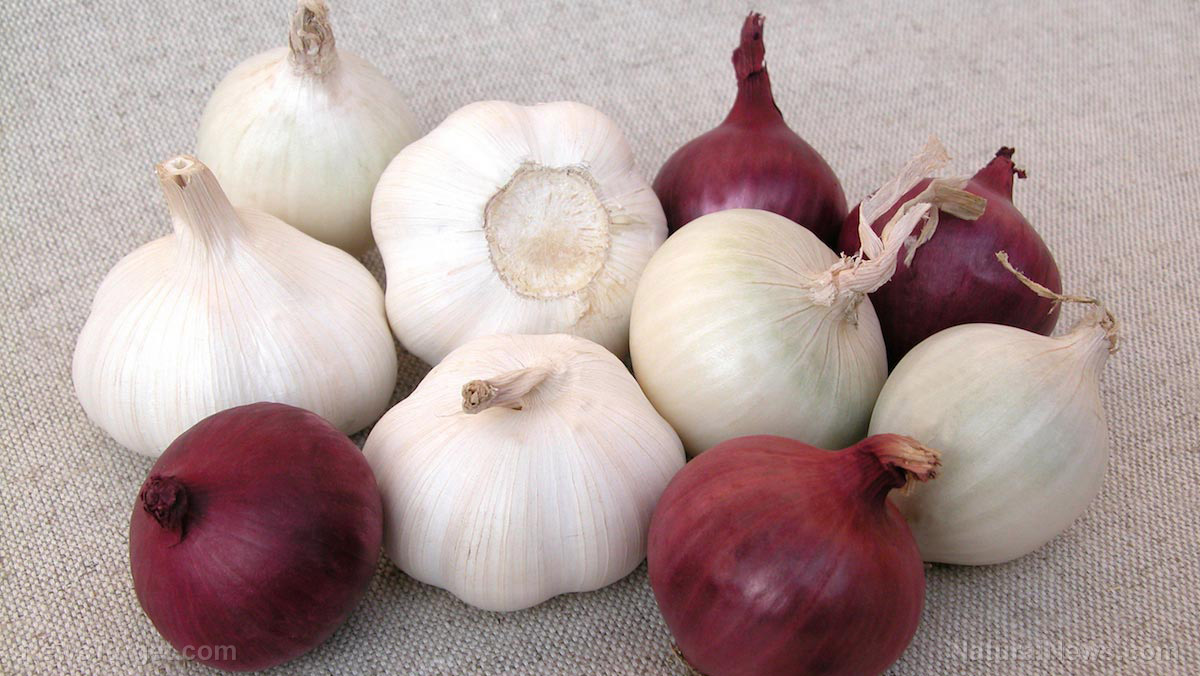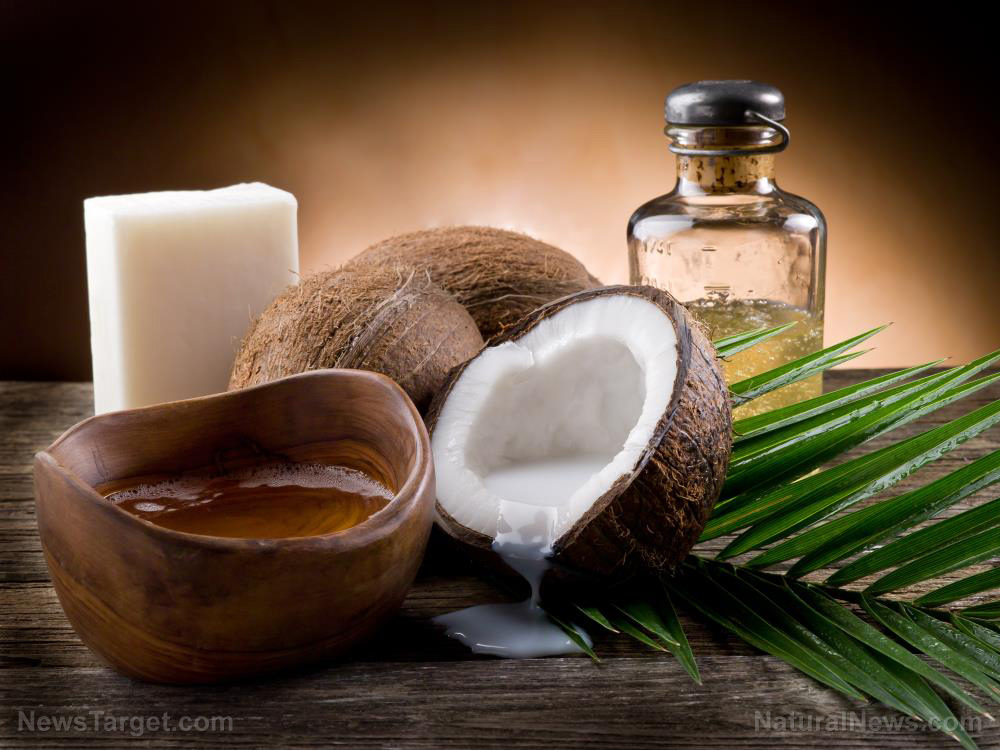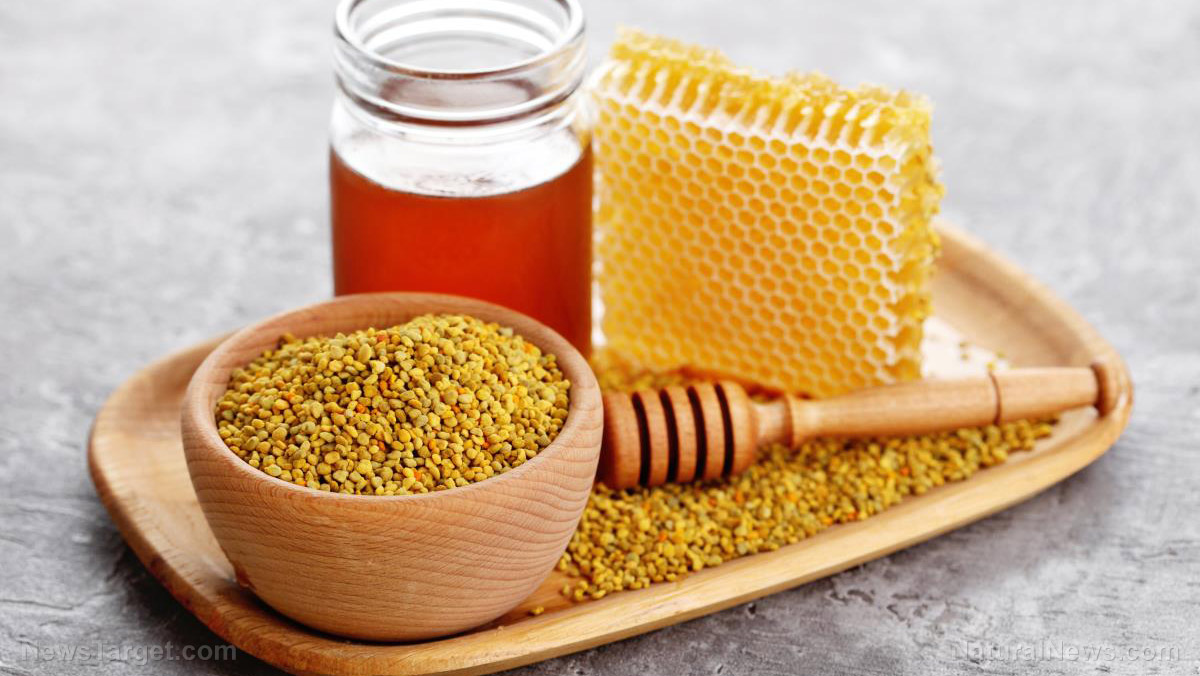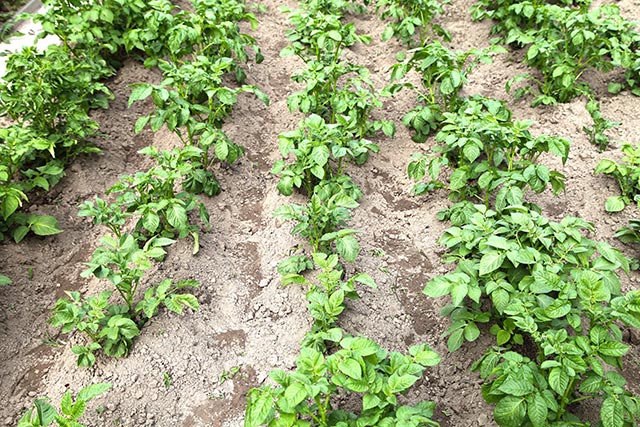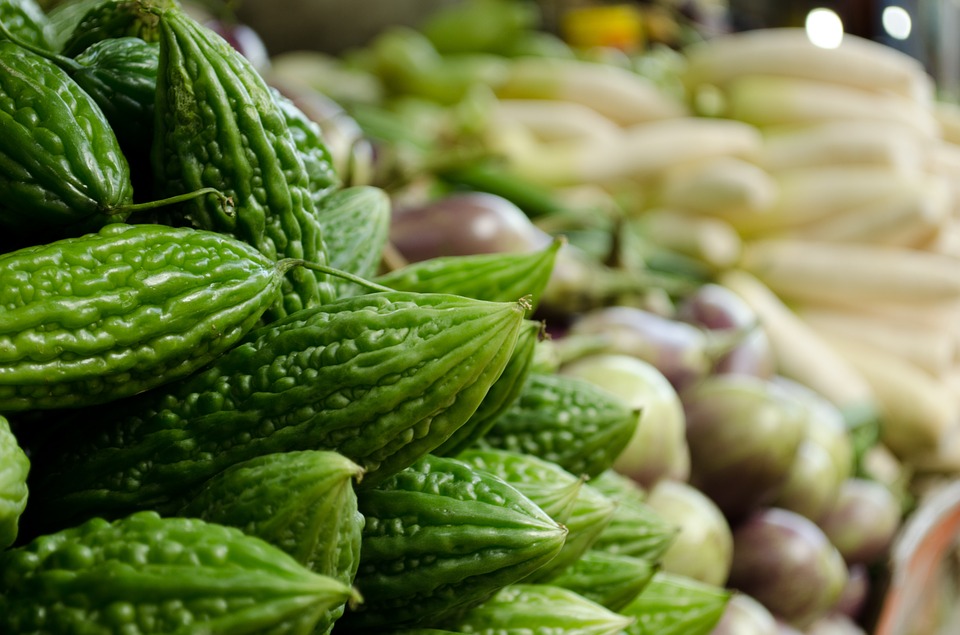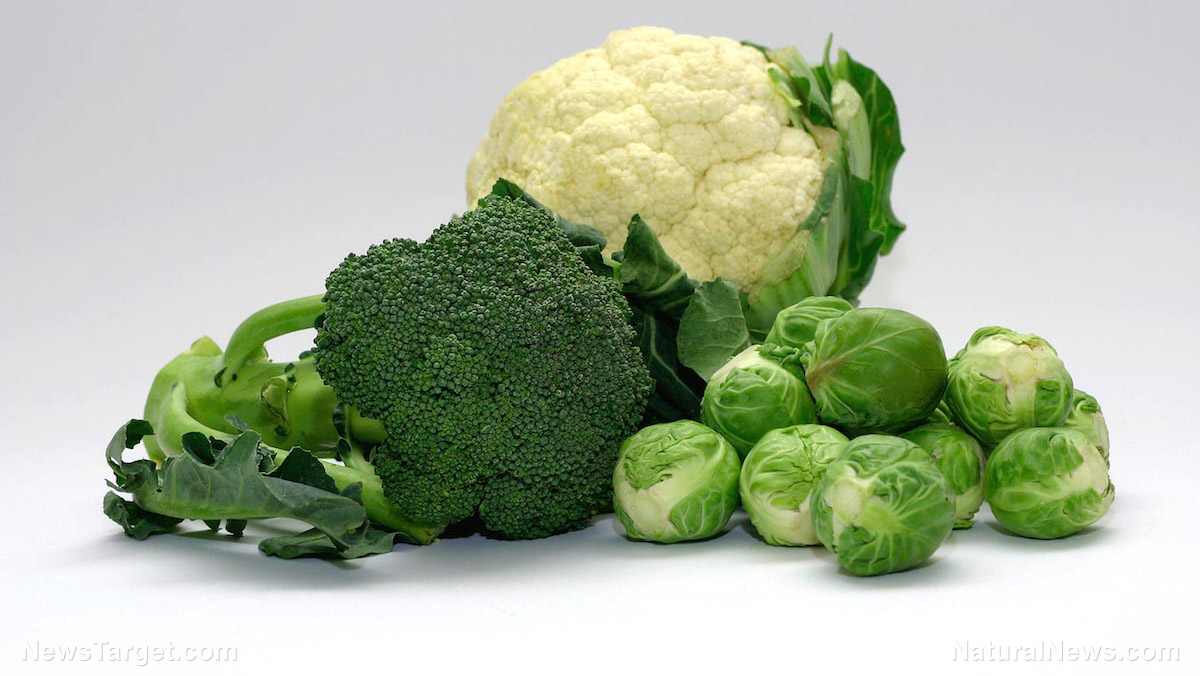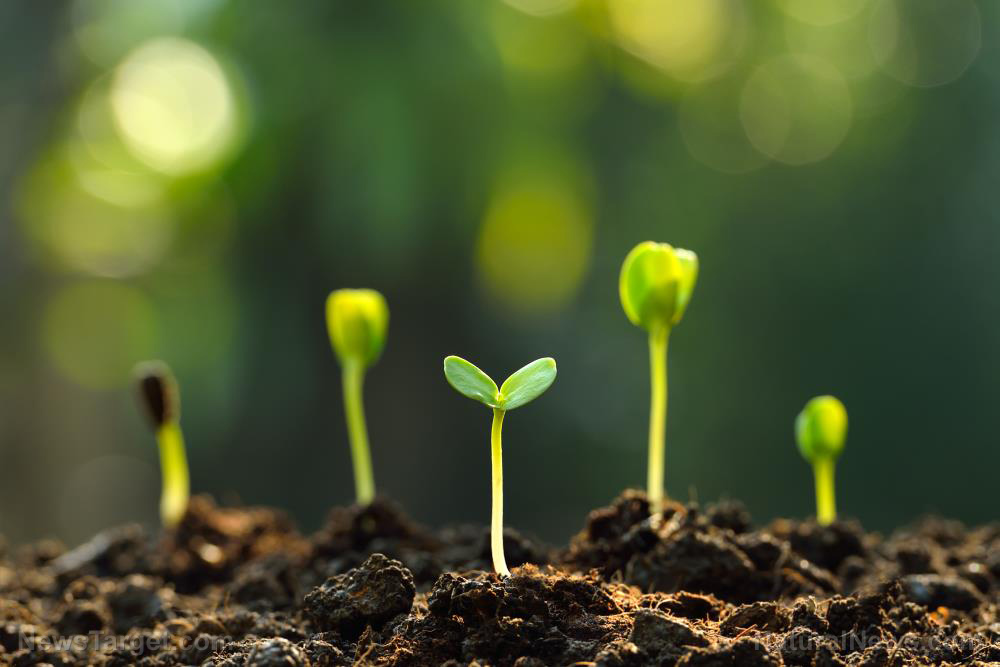Maintaining nutrient integrity: How storing practices affect seed viability in delicate, nutrient-rich herbs (a case study)
10/04/2018 / By Isabelle Z.

You might have been hearing more about Moringa oleifera recently, and for good reason: This plant’s many purported health benefits have earned it praise for thousands of years, and it’s particularly useful for the problems plaguing people in modern times.
This large tree, which is native to northern India, is sometimes called the drumstick tree, ben oil tree, or horse radish tree. Nearly every part of it can be eaten or used to make traditional herbal medicine. In parts of Africa and India, it is commonplace for people to eat the tree’s pods and leaves.
Just what makes this plant so great? It has a wide range of nutrients, including protein, iron, vitamin A in the form of beta carotene, magnesium, and riboflavin. Just a cup of the fresh, chopped leaves has nearly 20 percent of your daily recommended amount of vitamin B6 and 12 percent of the vitamin C you should have in a day.
While the pods do not have as many nutrients as the leaves, they are very rich in vitamin C. In fact, just a cup of the pods has 157 percent of your daily vitamin C requirement! However, because the leaves contain more nutrients, they are the part of the plant that is typically dried and sold as a dietary supplement powder or in capsules. It’s particularly useful for those in developing nations; those who eat a balanced diet in the developed world generally get an equivalent amount of nutrients.
However, M. oleifera is also rich in antioxidants, making it a great way to protect against chronic diseases like Type 2 diabetes and heart disease. It contains two particularly useful antioxidants: chlorogenic acid and quercetin. In addition, it has been hailed for its ability to stem inflammation, lower cholesterol, and protect people from arsenic toxicity.
These delicate seeds are sensitive to temperature and humidity
Therefore, it’s not surprising that many organic farmers and homesteaders grow this useful plant. However, those situated in tropical and sub-tropical parts of the country might want to pay attention to a study that was recently carried out by scientists from the Universidade Federal do Rio Grande do Norte in Brazil.
The researchers there found that M. oleifera Lam. seeds could lose some of their properties if stored in warmer temperatures, with the seeds’ content of starch, free amino acids, neutral lipids and soluble sugars adversely affected, and eventually causing a loss of viability.
They suggest that those who plan to plant M. oleifera seeds keep them refrigerated in an environment with low relative humidity and use them within 12 months or risk losing the properties that make the plant so attractive in the first place.
While many of M. oleifera’s health claims need further studies, it continues to be a popular plant not only in traditional medicine but also for culinary use. For example, its leaves are used to make teas and milk substitutes, while its oil is often used for cooking in some parts of the world. Those who want to harness its many benefits need to understand how storing practices can affect the integrity of these seeds and turn to non-chemical storage means like refrigeration to preserve their viability.
Sources include:
Tagged Under: green living, herbal medicine, Herbs, Moringa oleifera, natural cures, natural medicine, nutrients, nutrition, organic farming, plant viability, Plants, seed storage, seeds, traditional medicine



